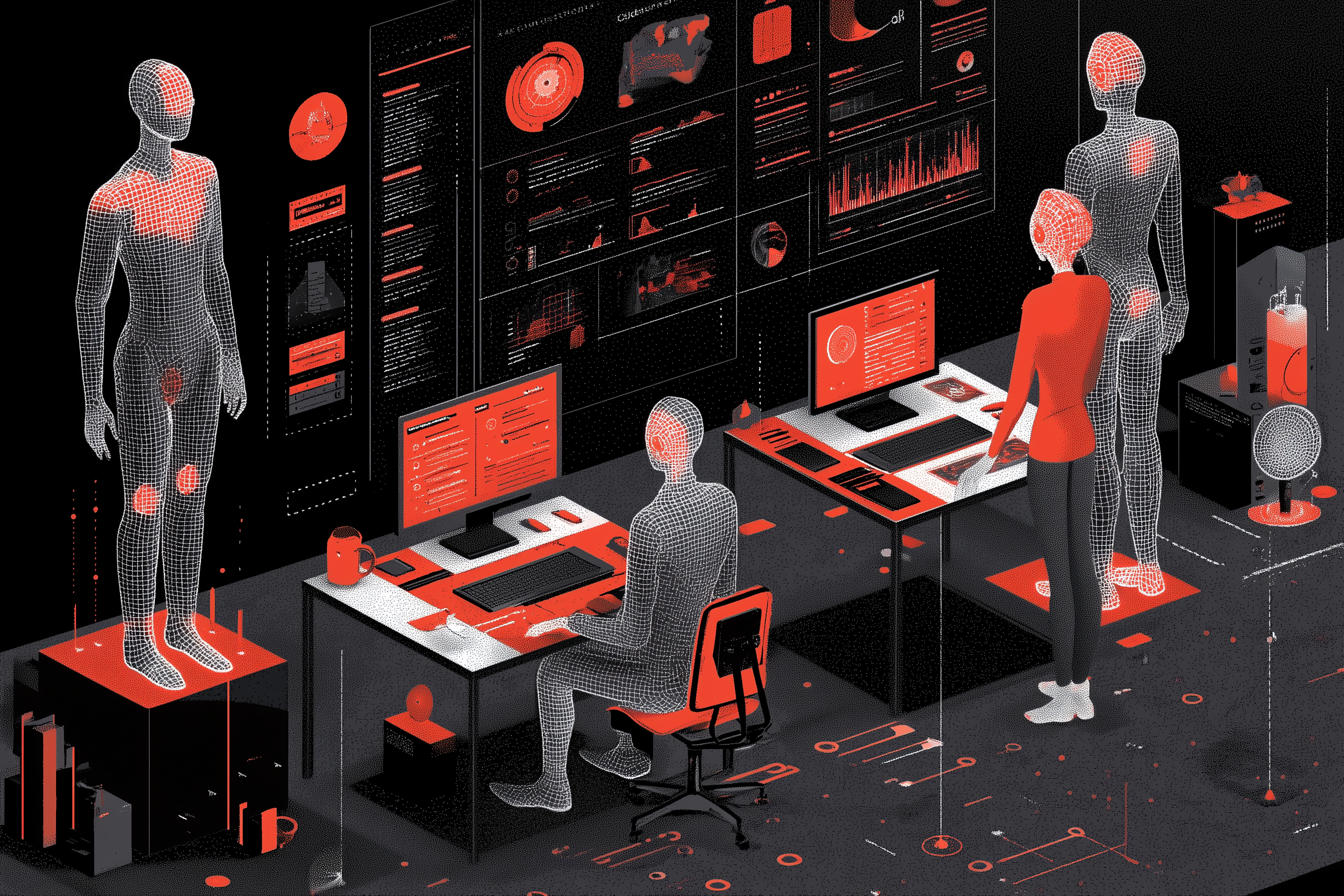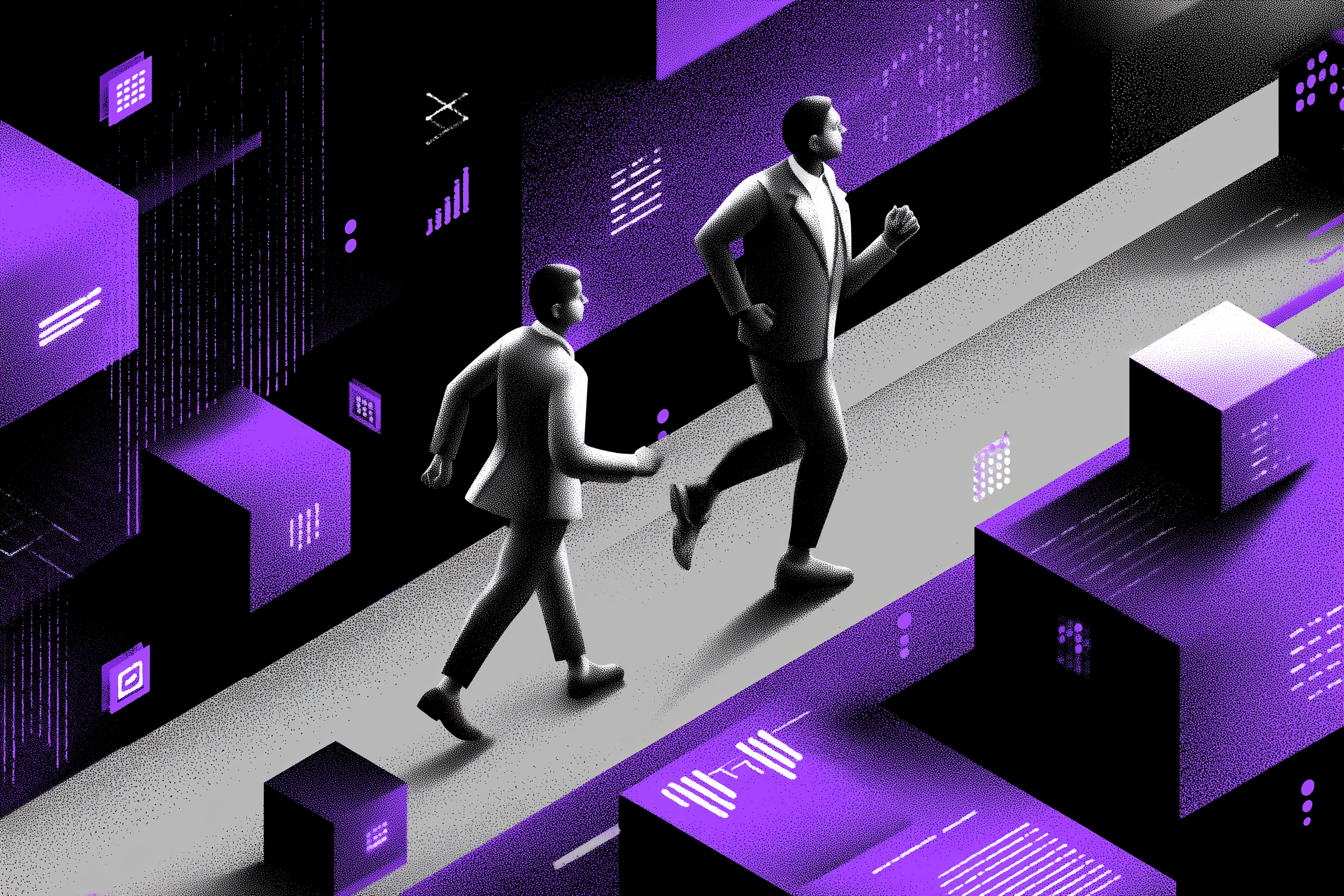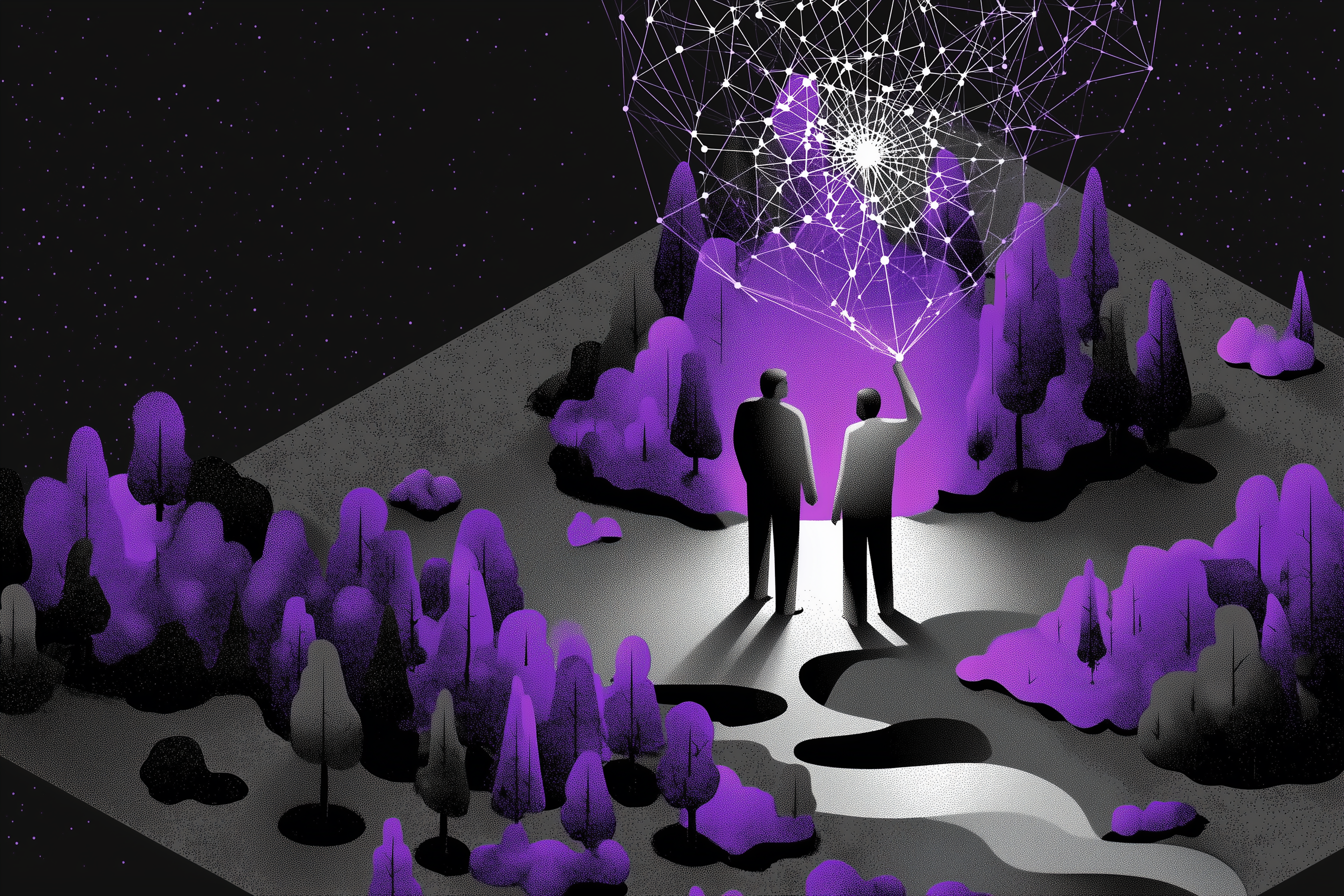Has the digitalization of project management led to a loss of sense of community?

The digitalization of project management is transforming collaboration. Does it strengthen collective efficiency or weaken team cohesion?
A collective redefined by digitalization
Digital transformation has profoundly reshaped how teams collaborate. The rise of project management software, collaborative workflows and integrated management platforms has strengthened coordination, visibility and project structure.
Yet a fundamental question remains: does this digitalization reinforce collective cohesion or erode part of the human connection that enables teams to function coherently
Studies published in MIT Sloan Management Review and Cairn – Questions de Management show that tools do not eliminate the collective dimension — they shift it. Understanding this shift is essential for maintaining durable cohesion.
Understanding the digitalization of project management
A simple definition of digital project management
Digital project management refers to the methods and tools used to organize, plan, monitor and coordinate work through digital platforms. These environments centralize information, structure exchanges and facilitate daily collaboration.
Automation, applied AI and the rise of SaaS project management tools
Organizations are investing heavily in SaaS project management platforms to streamline processes. Automation and AI reduce friction and improve traceability.
According to MIT Sloan Management Review, this digital structuring enhances decision quality but requires a cultural framework that protects human relationships.
Why organizations accelerated digitalization
Increasing project complexity and the growing need for synchronization have driven companies to adopt centralized platforms.
Analysis from Deloitte Insights shows that cloud systems reduce information loss and significantly improve organizational agility.
What digitalization has brought to the collective
Transparency of information
Project management platforms make information accessible in real time: task progress, responsibilities, decisions, documents and versions. This centralization eliminates blind spots and ensures shared understanding across the team.
Smoother collaborative workflows
Digital structuring clarifies dependencies, priorities and each contributor’s role. Workflows become easier to follow and interventions more coordinated.
Research from Les-Transitions.org shows that this fluidity accelerates execution and reduces friction.
Increased coordination through project management tools
Digital tools provide a shared operational framework. They strengthen prioritization, timeline control and task arbitration.
According to Deloitte Insights, this structured orchestration directly supports organizational agility.
Data from Ravetree indicates that seventy-seven percent of high-performing projects rely on a project management platform, confirming that these tools have become central drivers of collective performance.
AI and the reduction of repetitive tasks
AI automates repetitive actions such as status updates, reminders and categorization. This lowers cognitive load and frees time for creativity, analysis and meaningful collaboration.
When digital tools weaken team cohesion
Loss of human interactions when everything flows through the platform
When exchanges are reduced to statuses, comments and notifications, spontaneous interactions diminish. Nuanced relational cues — tone, intent, micro-expressions — no longer pass through the platform.
Analyses from the Brookings Institution – Future of Work show that the reduction of these cues weakens trust and collaboration dynamics.
Digital overload and tool fragmentation
Multiple boards, channels and tickets generate digital noise. Teams spend more time managing tools than collaborating.
According to Gartner Research, tool fragmentation is one of the most common barriers to effective collaboration.
Functional but impoverished communication
Task-centric communication becomes transactional. Information moves, but intention does not. Collaboration becomes mechanical and team cohesion erodes.
Confusing technical coordination with true collective dynamics
A team can follow its workflow perfectly while losing emotional cohesion. Dashboards do not reflect the quality of human relationships.
Research from WARC reminds us that team culture is built through human interactions: discussion, joint decision-making and shared negotiation.
Restoring collective meaning in a highly digitalized project environment
Reintroducing human rituals
Short touchpoints, informal conversations and brief synchronizations restore context, intention and cultural cohesion — components absent from digital-only communication.
Rethinking collaborative workflows
Integrating human checkpoints at critical stages — arbitration, expectation-setting, reviews — strengthens trust and mutual understanding.
Clarifying roles and responsibilities
Structural clarity reduces friction. Strong collectives emerge when each member understands their own role, those of others and the dependencies between them.
Using AI to free relational time
AI should eliminate tasks that prevent meaningful interaction, allowing teams to focus on creativity, collective decision-making and problem-solving.
MTM’s contribution
MTM centralizes project structure, asset management and collaboration in a unified environment. This eliminates tool dispersion and strengthens collective coherence.
Asset centralization provides a single source of truth. Versioning ensures clarity on deliverable evolution.
Structured review cycles organize feedback and validation.
Integrated collaboration brings comments, annotations and decisions into one place.
Review links allow external stakeholders to participate without complicating workflows.
By unifying creative and operational processes, MTM reinforces both efficiency and team cohesion.
Key takeaways
Digitalization structures work but does not create collective cohesion.
Human exchange remains essential to alignment and team identity.
AI must free time for these interactions rather than replace them.
An integrated platform like MTM supports coordination while preserving human connection.
Conclusion: toward a more human and coherent digital project management
Digitalization has not destroyed the collective — it has relocated it. Platforms strengthen structure and coordination, but they cannot replace the human exchanges that sustain trust and engagement.
Teams are not built through task boards alone, but through meaningful interactions.
High-performing organizations combine the efficiency of digital tools with an active focus on human dynamics.
The future of project management depends on this balance: using technology to structure, and people to unite.
FAQ: Common questions about digital project management and team dynamics
How can teams maintain collective cohesion when most work happens in a digital tool
By defining what should be handled inside the tool and what requires direct human exchange.
Does digitalization truly improve collaboration
It enhances coordination, but cohesion requires human context and shared interpretation.
Why can task-based communication weaken the collective
Because it transmits information without intention, nuance or emotional cues.
Can project management tools replace direct interaction
No. Team culture is built through trust, recognition and shared understanding.
How can AI strengthen team dynamics
By automating repetitive tasks and freeing time for human collaboration.
Sources :
Cairn – Questions de Management : « La digitalisation du management : enjeux et perspectives »
Les-Transitions.org : « Comment le numérique bouleverse l’efficacité collective »
Fast Company : « Digital project management platforms are reshaping team collaboration »
Forbes Tech Council : « How project management platforms are reshaping team culture »
WARC : « How digital project management platforms are impacting organizational culture »
Management & Avenir : « L’appropriation intelligente des transformations digitales »
Springer : « Digital Transformation and Organizational Culture: An Empirical Study »
HEP-Bejune : « Culture numérique et collaboration professionnelle : étude qualitative »
OECD – Digital Economy Papers : « Digital Transformation and Work Organization »
Brookings Institution – Future of Work : « How digital systems shape the modern workplace »
Stanford Digital Economy Lab : « Digital Tools and Productivity Research Series »
Other Posts

Agentic AI : the concrete use cases that are transforming marketing and creative workflows in 2025

Automation and AI : accelerate creative production without losing quality

